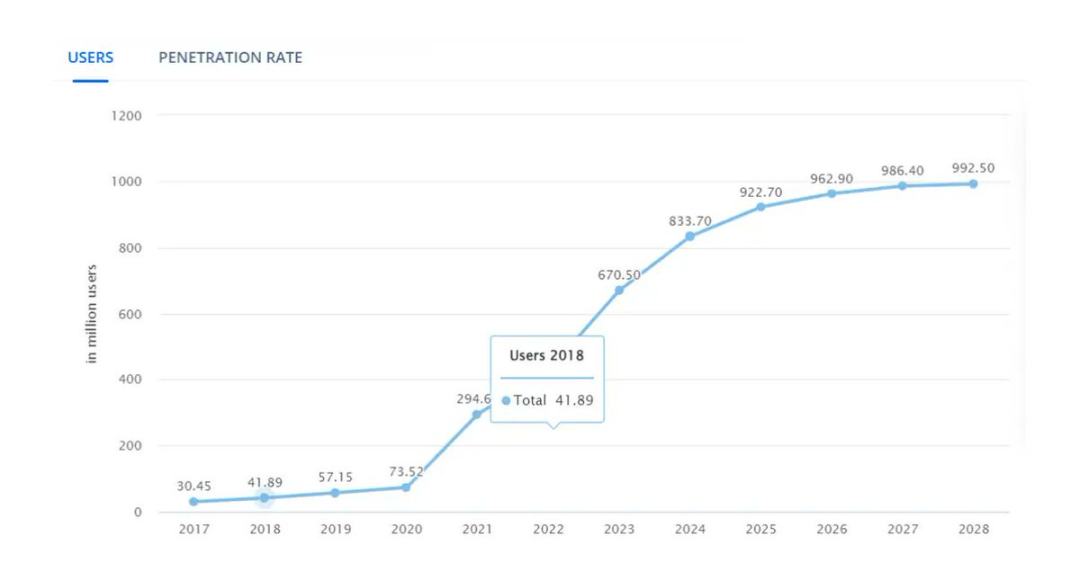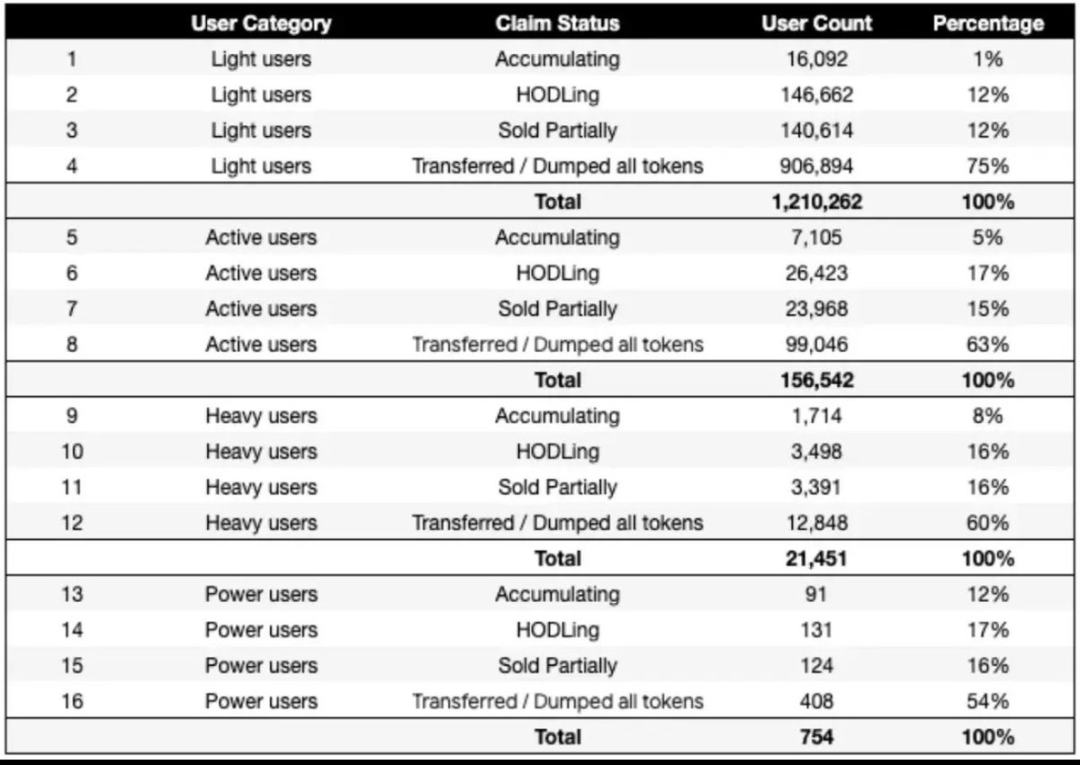The resurgence of ICOs reflects a rethinking of the market's incentive culture, with the core aim of creating fairer opportunities for retail investors.
Written by: blocmates
Translated by: Luffy, Foresight News
If you have been active in the cryptocurrency market recently, you may have noticed a trend: the airdrop craze is gradually fading, and initial coin offerings (ICOs) are making a strong comeback, while the market is shifting from a venture capital-dominated financing model to decentralized fundraising.
ICOs are not a new phenomenon; some of the hottest cryptocurrencies in the crypto space (such as Ethereum and Augur) completed their initial issuance through ICOs. However, we must acknowledge that after a long "silent period" from 2022 to 2024 (during which project financing was largely completed through closed-door venture capital deals), ICOs experienced a strong revival in 2025.
Why are ICOs making a comeback?
One viewpoint supporting the renewed popularity of ICO-style financing is that the number of cryptocurrency participants has more than tripled since the first ICO boom from 2014 to 2018, with a compound annual growth rate of 4.46%, and the average participant's expertise has significantly improved. Coupled with an increase in the supply of stablecoins, this has naturally expanded the available funding pool and encouraged more people to purchase discounted tokens before the token generation event (TGE).

Although this argument is quite appealing, the increase in market participants is not the main driving force behind the return of the ICO mechanism. To find the core reason for the revival, we need to examine the inherent flaws in the current financing model.
A close observation of the market cycle from 2022 to 2024 reveals that many projects raised funds from venture capital firms at low fully diluted valuations (FDV) but achieved FDVs far exceeding their financing levels by suppressing initial circulation when the tokens went public.
Here are some examples from 2022 to 2024:

As shown in the table, insiders captured most of the profits, while retail investors' profit margins were severely compressed.
In simple terms, the profit opportunities in altcoins were primarily concentrated in the hands of insiders, while retail investors either bought tokens at inflated prices or quickly sold them after receiving airdrops. This is largely because airdrops are often seen as "free money," leading to immediate selling pressure.
This situation has led to widespread fatigue among retail participants: due to the deteriorating risk-reward ratio, they have gradually lost confidence in traditional altcoin investments.
Subsequently, retail funds shifted towards memecoins, which have a low entry threshold, high volatility, and no venture capital involvement, driving the memecoin craze and the rapid rise of memecoin issuance platforms.
Ultimately, this has resulted in an increasingly severe misalignment of interests among retail investors, project teams, and venture capitalists, with growing divergences in their incentive goals:
Retail investors desire fairer entry opportunities
Project teams need sustainable communities rather than short-term speculation
Venture capitalists often pursue early asymmetric returns
The resulting tension has created an urgent need for a new model to recalibrate the incentive culture of the entire ecosystem, and the resurgence of ICO-style financing is a reflection of this shift.
The appeal of ICOs lies not only in providing an alternative financing method but also in their clearer incentive structure, allowing retail investors to participate under fairer conditions.
Reasons ICOs may replace airdrops
Based on the above reasons, we have reason to believe that the market's incentive culture may shift towards a "benefit-binding" model, replacing the traditional "task-for-reward" airdrop model with ICO discounts.
Related signs have already begun to emerge. Both MegaETH and Monad have allocated portions of their previous venture capital shares for public sale. Although these initiatives are not purely ICO issuances, distributing tokens to the public at venture capital round valuations is a step in the right direction.
ICOs are generally seen as a more natural and "benefit-binding" method of token distribution: participants invest their own funds at a benchmark valuation, which can be a single round of financing or a tiered structure with multiple pricing levels.
In theory, this allows for a stronger psychological and economic binding between users and projects.
Since participants are directly purchasing tokens rather than receiving them for free, they are generally more inclined to hold them long-term. This helps to reverse the recent trend of decreasing holding times for on-chain assets.
Moreover, ICOs are expected to reshape the profit space in the altcoin market: public fundraising typically has higher transparency, with circulation and valuation being clear, and compared to venture capital-dominated token models, their FDVs are often more reasonable.
This structure increases the likelihood of early retail participants obtaining substantial returns, rather than competing for shares with insiders enjoying significant discounts.
In contrast, many airdrop projects have fostered a widespread "receive and sell" culture due to poorly designed incentives. ICOs, whether in token distribution or early community building, offer a more rational and sustainable choice.
The rise of early financing platforms as a lesson for ICOs
Last month, the cryptocurrency industry witnessed a major acquisition: Coinbase acquired the on-chain financing platform Echo for $375 million. This acquisition includes Echo's Sonar product—a tool that allows anyone to initiate public token sales.
At the same time, Coinbase launched a native in-app launch platform, with its first collaborative project being Monad.
In addition to Echo and Coinbase, early financing platforms have shown a trend of development. Kaito has launched a dedicated launch platform, MetaDAO, redefining the concept of ICOs.
MetaDAO is particularly noteworthy. The emergence of this platform clearly reflects the market's fatigue with the "insider-led, high FDV issuance" model. Its goal is to help projects initiate early launches through high circulation ICOs for long-term growth.
This indicates that the market is fully prepared for the return of ICOs, but not just any form of ICO; rather, a carefully planned and well-executed fundraising model that allows teams, communities, and the overall market to achieve healthy benefit binding.
How to make the right arrangements?
Fairly speaking, we have previously pointed out that the resurgence of ICOs reflects a rethinking of the market's incentive culture, with the core aim of creating fairer opportunities for retail investors.
This means that project teams and retail investors need to align their interests, fostering a more resilient community composed of active users and committed token holders. In fact, this also suggests that the era of "free tokens" may soon come to an end.
Looking back at some successful airdrops that have had a profound impact on the ecosystem (such as HYPE), we can see optimization opportunities in distribution design:
For example, in Hyperliquid, real users (rather than speculative "miners") participate by paying fees and taking on actual risks, with their rewards genuinely tied to the product's success.
This case illustrates that when the incentive structure is well-designed, retail participation can be both meaningful and sustainable, rather than a fleeting speculative behavior.
We believe this mindset will permeate the operation model of ICOs: in the future, ICOs may offer discounts to users with "more mature and credible on-chain behavior," thereby replacing traditional airdrop-style distribution.
A set of data from 2024 illustrates the issue well: after receiving airdrop tokens, over 80% of light users tend to sell within 7 days, while this figure is only 55% for heavy users.

To succeed in the envisioned future, participants need to adopt a long-term mindset and adjust their actions accordingly.
This means cultivating user loyalty to specific wallet addresses to build credibility and demonstrate consistent, coordinated on-chain behavior.
Such behavior may include trying various protocols, deploying liquidity in pools, and contributing to public goods like Gitcoin through meaningful on-chain activities.
Although market evaluations of projects like Kaito remain divided, we expect them to play a significant role in shaping the next phase of the market.
For instance, yap thresholds combined with verified on-chain behavior may become key criteria for ICO participation eligibility or discounted token distribution, rewarding those who demonstrate sustained commitment and benefit binding.
If the above model becomes the norm, one way to expand profits is to utilize products like INFINIT or Giza to allocate funds across multiple ecosystems.
Although this approach may be limited in scenarios where wallet age and historical behavior carry more weight, if on-chain activity alone is used as the criterion for ICO participation or discount distribution, its advantages will still be significant.
Potential issues and challenges
For ICOs to become the default financing and reward distribution method in the cryptocurrency industry, they still face numerous challenges.
One key challenge is that, like venture capital-dominated financing, poorly designed ICO token economic models can lead to failure.
If a project prices its tokens too high, especially relative to current market valuations (which are often influenced by low circulation and high FDV manipulation), these tokens may still struggle to gain recognition in the public market.
Additionally, regulatory and legal considerations pose significant obstacles. Although regulatory transparency for cryptocurrencies is increasing in certain jurisdictions, there remain many gray areas for ICOs in potentially high-capital regions.
These legal uncertainties could become bottlenecks for the success of ICOs, and in some cases, may even push projects that struggle to gain sufficient attention back to venture capital firms.
Another interesting challenge facing ICOs is the potential for market saturation. As multiple projects often conduct fundraising simultaneously, participants' attention may be divided, leading to a decline in overall enthusiasm for ICOs. This could result in widespread "ICO fatigue," thereby suppressing broad participation and market momentum.
In addition to these challenges, as the market may shift towards ICOs, projects have many other key considerations, including incentive mechanism coordination, community engagement, and infrastructure risks, all of which must be addressed to ensure sustainable success.
Conclusion
Currently, the market's demands are very clear: people desire fairer project issuances and a reduction in venture capital scams. The current state of the altcoin market reflects this—spot holdings are decreasing, while perpetual contract trading volumes are increasing.
We believe this clearly indicates that retail investors have largely abandoned long-term gains in favor of more speculative investment approaches.
From the perspective of attention economics, this situation is even more severe: it not only harms the entire industry but also hinders innovation.
The return of ICOs seems to be a step in the right direction. However, it is unlikely to completely replace the airdrops we are familiar with; rather, it is more likely to become a driving force, giving rise to a hybrid model where long-term benefit binding becomes the core of any project's market strategy.
免责声明:本文章仅代表作者个人观点,不代表本平台的立场和观点。本文章仅供信息分享,不构成对任何人的任何投资建议。用户与作者之间的任何争议,与本平台无关。如网页中刊载的文章或图片涉及侵权,请提供相关的权利证明和身份证明发送邮件到support@aicoin.com,本平台相关工作人员将会进行核查。




